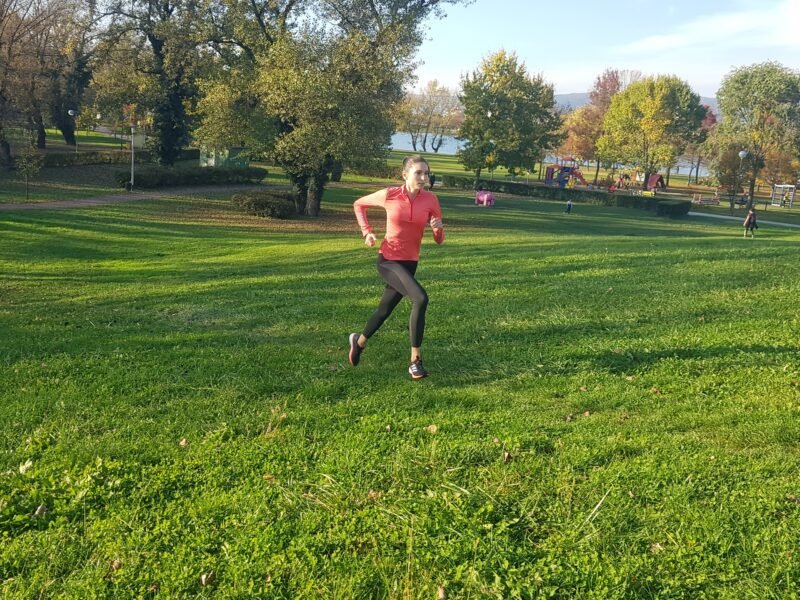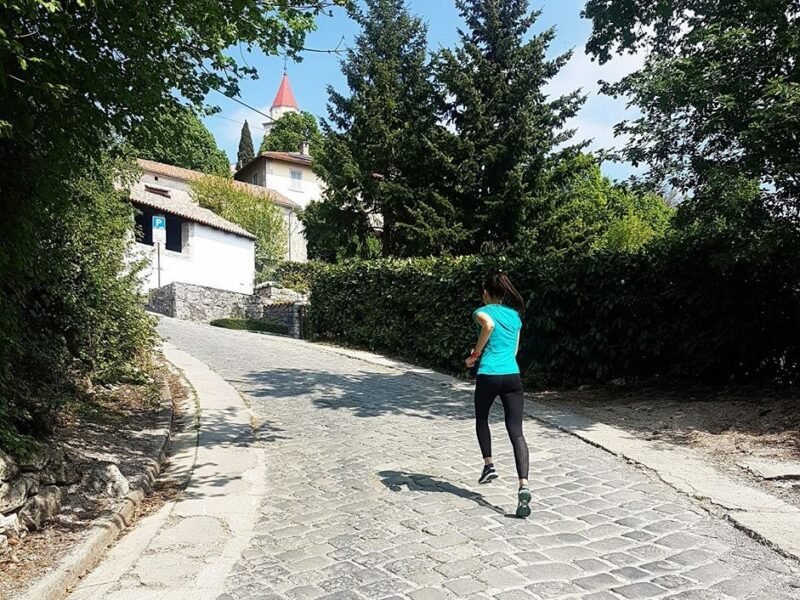Is Hill Running Better than Running on Flat Ground?
Do you want to run your personal best and become a better runner?
Then you probably want to know how to get the most out of your training and reach your full potential.
In this article, I will explain in detail whether hill running is better than running on flat ground.
Generally speaking, hill running and running on flat ground are equally important. Which type of training is better depends on the type of race a runner is preparing for, their experience, susceptibility to injury, what stage of the training process they are in, and what area they live in.
Hill running is harder and more demanding as you have to activate more muscles to beat the slope along with your weight and gravity.
This way you will burn more calories in less time than by running the same distance on flat ground.
Likewise, hill running helps runners build strength and speed. On the other hand, running on flat ground is better if you want to do a specific workout in which it is important that you track your pace.
Below I will explain in detail each of the conditions that answer the question is hill running better than running on flat ground.

1. It depends on the race you are preparing for
Before choosing a training plan, it is important to set clear and realistic goals.
Read more: How To Set Running Goals? (Ultimate Guide)
If your goal is to run a certain hill running race or a marathon where you run uphill and downhill a lot, it is important to include hill running into your training plan.
That way, your body will adjust to the exertion that awaits you on the day of the race.
However, your training plan will not only consist of hill running but also of running on flat ground.
The only difference is that you will put greater emphasis on including the hill running into it.
Keep in mind that, even if you are only preparing for a race on flat ground, you should nonetheless do some hill running.
Tip
Diversity is important in training. Each type of training has a certain goal and it is important to properly include them to achieve your best performance and progress. Depending on which race you are preparing for, the emphasis will be different for each type of training. Listen to your body and enjoy while you are training.
2. It depends on your experience and current fitness level
Hill running is recommended for all runners, from beginners to more advanced runners, due to its adaptability.
Read more: Should Beginners Run Hills? (Top 7 Reasons Why They Should)
However, beginners should be careful when including hill running. For beginners, it is better to run on flat ground if they didn’t have approximately 6 to 8 weeks of base training, or if their body didn’t adapt to the stress that running puts on it.
Before including hill running, beginners should on average run 9 miles per week. Over time, as their endurance and fitness levels increase, it is advisable to add hill running into the training plan.
Read more: How to Run Hill Repeats? (4 Amazing Hill Running Workouts)
3. It depends on susceptibility to injury
If you are susceptible to injury or have just recovered from an injury, running uphill is recommended.
For example, if you have interval training on your schedule, 400m on a track in 75 seconds, you need to run very fast and that will put great stress on your body.
And if you try to do the same workout on a hill for 75 seconds, you’ll have to run slower to achieve the same intensity.
This will put less stress on your joints and less strain on the whole body.
Tip
Compared to running on flat ground, hill running will achieve the same training intensity while putting less stress on your joints and thus lowering the risk of injury.
Hill running is recommended as it can help you improve your running technique, further lowering the risk of injury.
Hill running better activates your muscles, makes you raise your knees higher, and makes you swing your arms more intensely in order to beat the slope.
Likewise, you naturally land on the balls of your feet and not on your heels. All this also improves your running technique when you run on flat ground.
Each uphill has it downhill. This can be a problem.
While running downhill, be careful because greater force is exerted onto your quadriceps and lower leg muscles that need to be amortized with each step.
Pay attention to the running technique, do not lean too far back, and do not increase your stride length as this increases the braking force and risk of injury.
4. It depends on the stage of the training process
At the beginning of the training process, it is desirable to include hill running into your training plan.
However, when the race season approaches, it is preferable to do more specific workouts on track and flat ground.
Naturally, if you are preparing for a hill running race, then it is recommended to do hill running until the race.
5. It depends on the area you live in
If you live in an area that is not hilly, then you will, naturally, only run on flat ground.
However, try being imaginative, you can do the workout on a short, steep slope, such as the overpass or the stairs, as well as the treadmill.
Is hill running harder than running on flat ground?
Hill running is harder than running on flat ground because the restoring force is lower, and muscles have to produce a lot more force to beat the slope.
Likewise, you need to invest more energy to overcome your own weight and gravity while running uphill.
Read more: Why is Hill Running so Hard? (10 Ways to Make it Easier)
However, every effort pays off. Including hill running into your training plan will make you a stronger, faster, and more efficient runner.
Hill running improves leg muscle strength, increases cadence, improves your running economy, and increases your fitness level.
Read more: 14 Amazing Hill Running Benefits for Runners

How much does hill running affect your running times?
Each uphill has it downhill. However, the time you lose while running uphill you cannot make up for when running downhill.
How much time you lose running on hilly terrain largely depends on your strength, proficiency, and how well hill running suits you as a runner.
According to research by Jack Daniels, each percentage point of hill gradient will slow you by 12 to 15 seconds per mile when you go uphill, and each percentage point will speed you up by 8 seconds per mile when you go downhill.
There is another, easier method to calculate how much do hills affect your total running time. This method was devised by John Kellogg.
His rule says that every 3 meters (10 feet) of altitude changes your time by 1.74 seconds, regardless of the horizontal distance that you travel.
His method does not differentiate between going uphill and downhill.
However, everyone who ever run on hilly terrain will understand that running downhill will not make up for the time you lost running uphill.
Although this method is not as accurate as that of Jack Daniels, it is much easier to calculate.
If you want to know more about hill training, read the article Hill Training (8 Best Hill Running Workouts).

Matea Matošević
Hi, I’m Matea! I’m an Olympic Marathon Runner, founder, and writer behind OLYRUN.com. On this site, I provide help in the form of my knowledge and experience to all who love running and active living. Read more…

